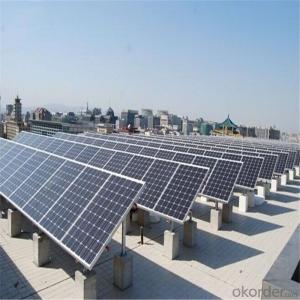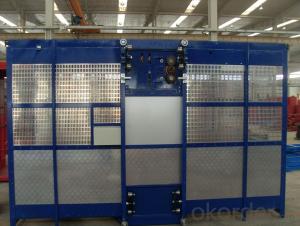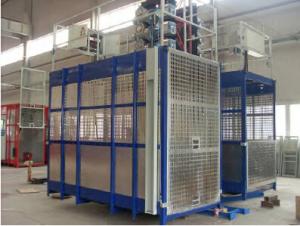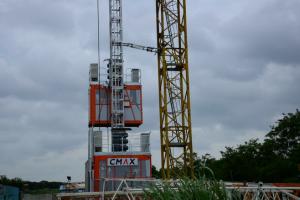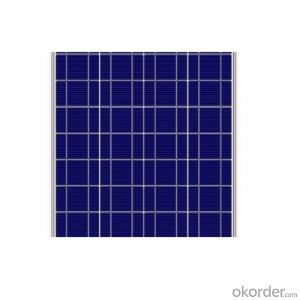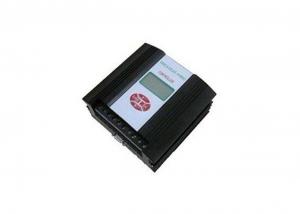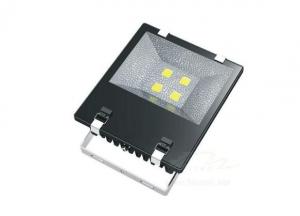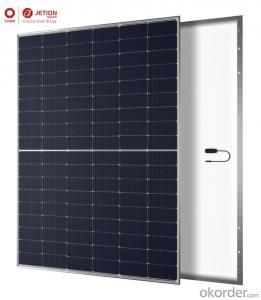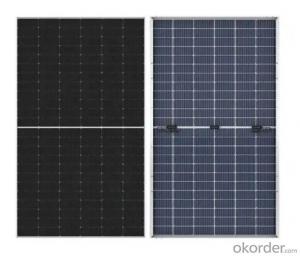200 Watt Solar Inverter
200 Watt Solar Inverter Related Searches
Home Power Inverter For Solar Best Inverter For Solar Inverter For Solar Power Plant Cover For Solar Inverter Wifi For Solar Inverter Canopy For Solar Inverter Ct For Solar Inverter Inverter For Rv Solar Spd For Solar Inverter Solar With Electric InverterHot Searches
200 Watt Solar Inverter Price Solar Inverter Price Per Watt 500 Watt Solar Inverter Price Solar Inverter 500 Watt Price 1000 Watt Solar Inverter Price Solar Inverter 1000 Watt Price 800 Watt Solar Inverter Price 5000 Watt Solar Inverter Price 1600 Watt Solar Inverter Price 200 Kw Solar Inverter Price 10 Kw Solar Inverter Price 10 Kva Solar Inverter Price 200 Watt Solar Inverter Price Solar Inverter Price Per Watt 500 Watt Solar Inverter Price Solar Inverter 500 Watt Price 1000 Watt Solar Inverter Price Solar Inverter 1000 Watt Price 800 Watt Solar Inverter Price 5000 Watt Solar Inverter Price200 Watt Solar Inverter Supplier & Manufacturer from China
Okorder.com is a professional 200 Watt Solar Inverter supplier & manufacturer, offers integrated one-stop services including real-time quoting and online cargo tracking. We are funded by CNBM Group, a Fortune 500 enterprise and the largest 200 Watt Solar Inverter firm in China.Hot Products
FAQ
- Solar panels typically have a minimal impact on the roof warranty. Most reputable solar panel installation companies ensure that the panels are installed in a way that does not void the roof warranty. However, it is always recommended to review the terms and conditions of the roof warranty and consult with the manufacturer or installer to confirm any potential implications before installing solar panels.
- I have an off-grid 24volt existing system using 8 x 80 watt 2volt, wired at 24volts, mono solar panels with deep cycle batteries,operating now. I have been given a 240 2volt polly cryst. panel. Can I add this panel to existing panels as above. Thank you, dumb solar man
- Assuming that you have / will upgrade wiring sizes to carry the extra wattage, that the new total wattage resulting from the addition doesn't overload any existing charge controller, diodes and / or inverter you have installed, then paralleling it straight into one of the other 2 volt groups should do nothing but add current to the system. True, it will be somewhat imbalanced, but it will work. Your other options would be to reconfigure everything down to it's native 2 V configuration which will raise current and lower voltage, with the additional panel creating the additional current to raise the wattage or to put it in series with the other 4 panel clusters so that you would get 36 V and additional current to account for the raised wattage. One last approach might be to set it up on another battery bank of it's own (small and at 2 V) to then connect to the same inverter. You'd be getting more power and storage capability that way, sort of a partial backup system, really, that will take some of the load off the other components to help extend their useful lives and get a bit more flexibility into it as well. The choice is yours here. That is all the ways that the system can be connected in, assuming everything in the first sentence checks out;-) It's difficult to make a recommendation without knowing what other components are in use and what the maximum ratings they carry are. Just remember that parallel connections add current and voltage stays the same, series connections add voltage and the current remains the same and you can figure out what to do with this thing to help you if you stay within maximum ratings for the charge controller, diodes and / or inverter involved. Good luck and stay safe!
- nan
- IF used panels are available, they are probably worn out and NOT putting out the power they were designed for. (They DO wear out!) I do NOT know of any place they are sold.
- Solar panels do not require batteries to generate electricity. However, batteries can be used to store excess energy generated by solar panels for use during times when the sun is not shining, such as at night or on cloudy days.
- 200 watt solar panel generates how much watts of electricity per month?
- When it exposed to light, it starts generate electricity. Now the 200W written on panel is not its all time power. Its Watt Peak (200Wp) , it means when sun is at peak. it is around PM - 3.30PM daily in India(plane area). And panel never give 200w for more than 5 years, the efficiency reduced up to 0% at completion of 5 years of panel and 20% up to 25 years of life of panel.
- Yes, solar panels can be used in areas with frequent thunderstorms. While thunderstorms may temporarily reduce solar panel efficiency, modern solar panels are designed to withstand harsh weather conditions, including lightning strikes. Additionally, thunderstorms also bring heavy rainfall, which can help clean the solar panels and improve their performance.
- The amount of space required for solar panels can vary depending on factors such as the type and size of the panels, their efficiency, and the energy needs of the system. On average, an average-sized residential solar panel system typically requires around 100-400 square feet of roof space. However, ground-mounted systems can require larger areas, and more efficient panels can generate the same amount of electricity in a smaller space.
- Yes, solar panels can be integrated into windows. This innovative technology is called Building Integrated Photovoltaics (BIPV), where solar cells are incorporated into the glass panels of windows. BIPV allows for the generation of renewable energy while still maintaining the functionality and transparency of windows.
